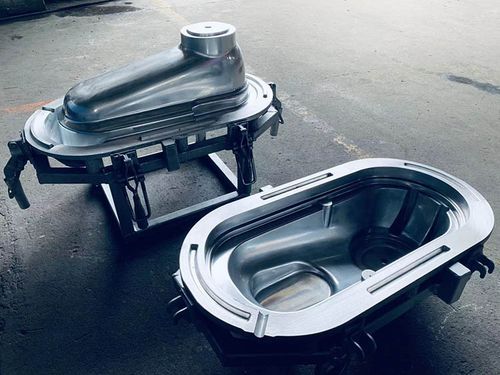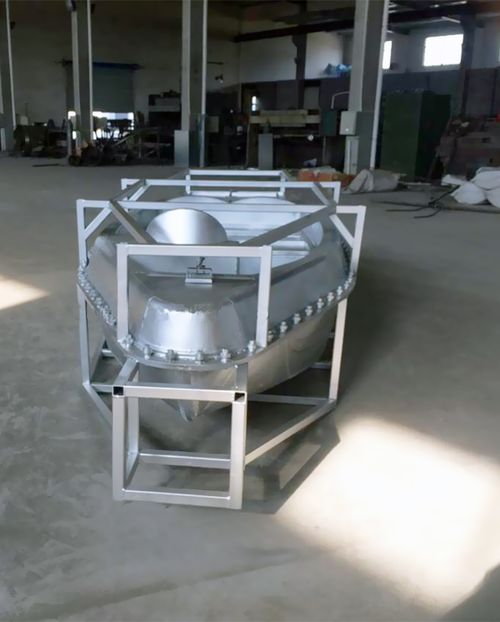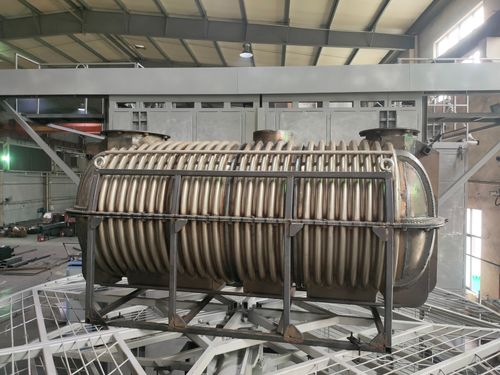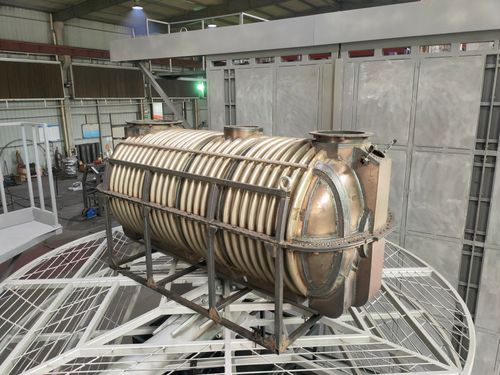
Get A Quote
Rotational Molds
Molds are typically classified in several ways, such as by structure, application, or molding process. In the rotomolding industry, however, molds are primarily categorized based on the material used. Steel molds, which include both carbon steel and stainless steel, are referred to as "iron molds." Aluminum molds, including cast aluminum, aluminum plate, and aluminum molds, are also widely used. Other materials include nickel-copper alloy molds and fiberglass molds. Among these, iron and aluminum molds are the most commonly used in the rolling molding industry.
What is the rotational molding process?
The rotational molding process, also known as rotomolding or roto molding, is a manufacturing technique used to create hollow, seamless rotational molding products. It involves a four-step process: molding, heating, cooling, and ejection. First, a pre-measured amount of plastic powder is placed inside a mold, which is then closed and secured. The mold is rotated on two axes while being heated, causing the plastic to adhere to the mold's inner surface. Once the plastic has cured, the mold is cooled, and the final rotational molding product is removed. This rotational molding process is versatile, allowing the production of a wide range of items, from kayaks and storage containers to furniture and playground equipment. Additionally, rotomolding is cost-effective for producing large, hollow parts, requiring less labor and equipment than other manufacturing methods.




